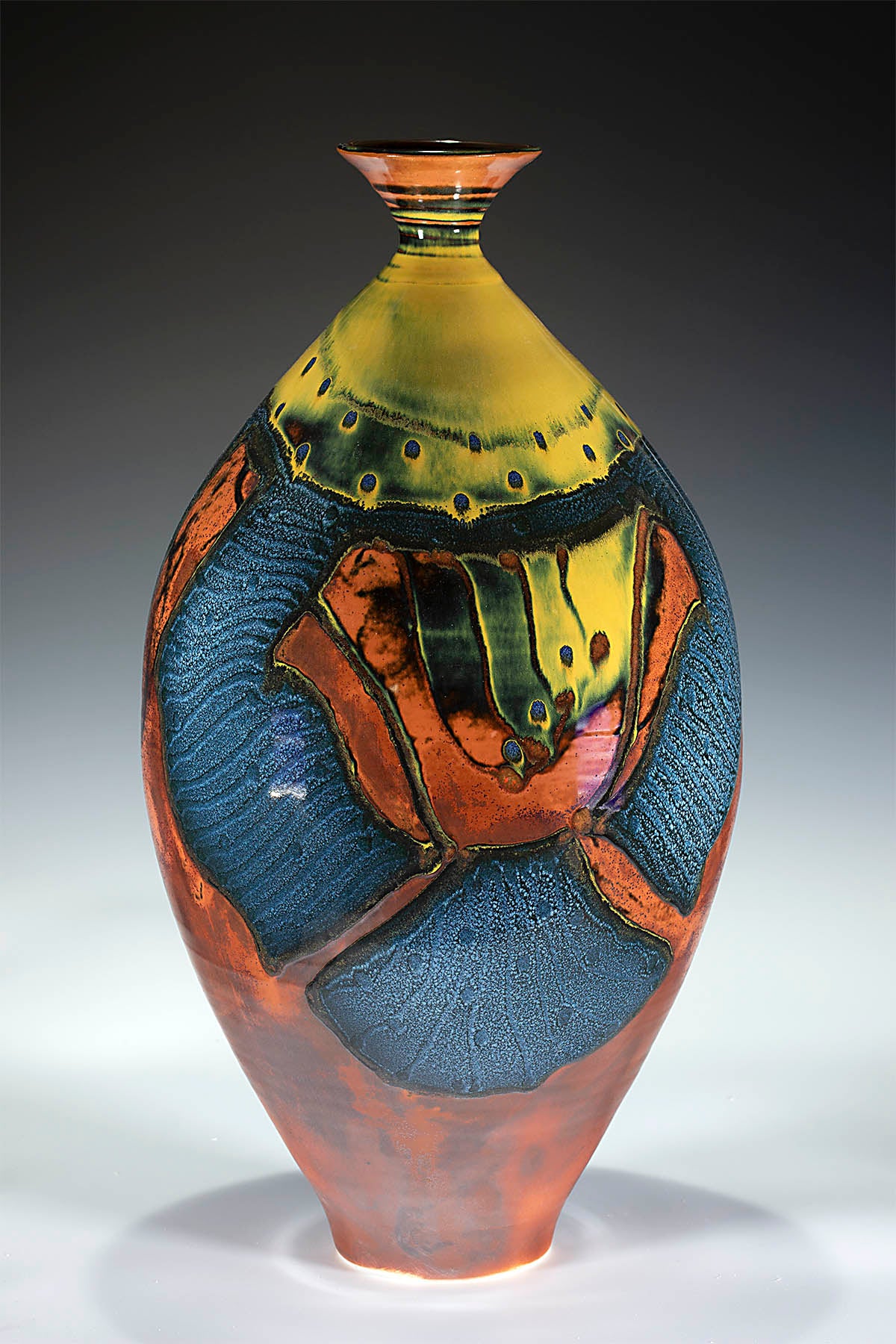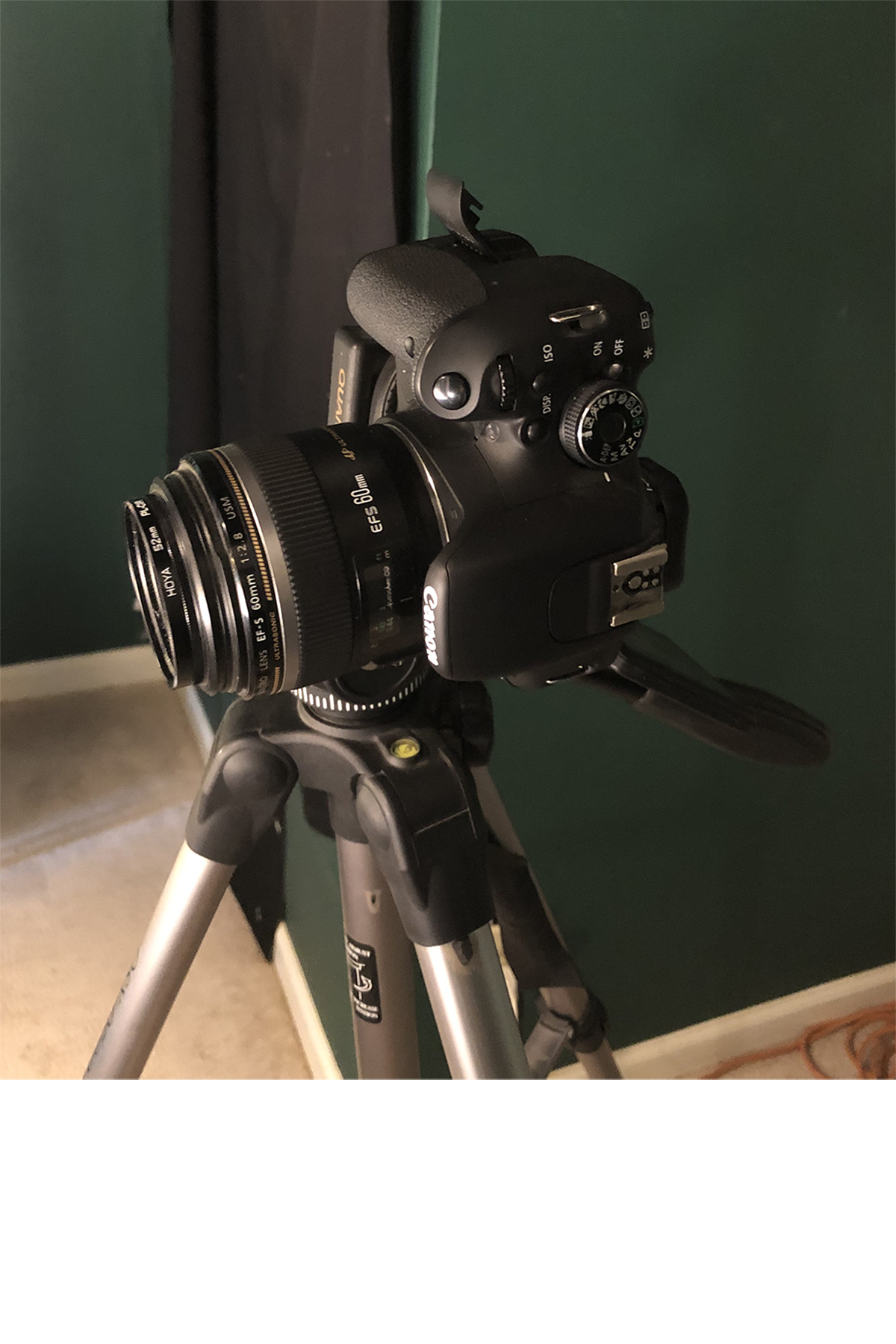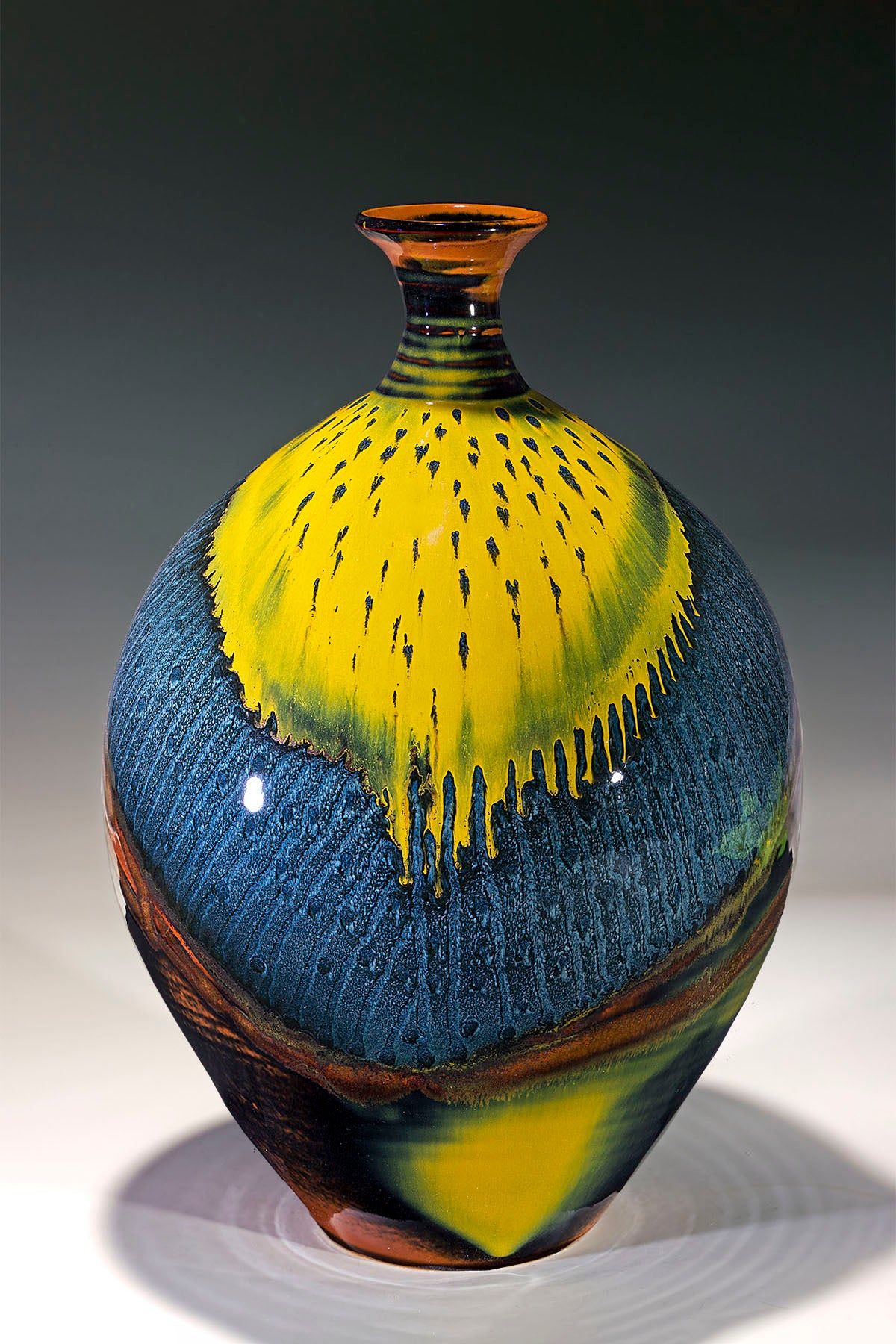The Gas Kiln
When I decided to make pottery again in a serious way, I spent a fair amount of time researching kiln options. I knew that I wanted to fire a gas kiln to be able to work with reduction glazes like celadons and copper reds. I had built a kiln in the past, and I really didn't want to go that route. I finally narrowed it down to a Bailey or Geil kiln in the 18 to 20 cubic foot stackable range.
If I knew then what I know now, I'm not sure I would make the same decision. The biggest differences at the time that I purchased the kiln, in late 98 or early 99, was the burner configuration and the price tags. The Bailey was considerably less expensive and has two forced air burners mounted behind the kiln and blowing the flame into the kiln horizontally.

The original configuration was that each burner had it's own squirrel cage blower, it was updated to a dual manifold configuration in which the two burners are connected to a single blower. This was a big upgrade because a gauge was included to allow for measurement of air flow to each burner, rather than guessing, and improving side-to-side consistency in the flame. In this configuration the kiln can be put into a "reducing" state, where there is insufficient Oxygen to support combustion, by adjusting the burners, the blowers, and the damper. In my experience with the Bailey kiln, the flame being blown into the kiln carries significant velocity. You can't turn the air off because the flame wouldn't enter the kiln and would climb the back outside of the box. The air is literally forcing the flame into the kiln where it hits a target brick and is diverted up and into the box. I've observed two consequences of this system: the flame is carrying air and oxygen with the flame, so even though the atmosphere in the kiln is reducing, the flame path can locally offset the effects of the reducing atmosphere; the second is that there is a lot of volatility in the direct flame path.

In this detail from a lamp, you can see the caramelized area to the lower left was in the flame path and the upper right was not. This happens with regularity and varies depending upon how the kiln has been stacked.

In this detail from an oval box, the dark brown and the orangish color are the same glaze at the same degree of thickness. I attribute the color variation to the extra oxygen in the flame path.
In the earliest days, I wanted those beautiful kiln loads of perfectly red glazes from the Geil kiln ads.
The Geil kiln did not have blowers, and venturi burners were mounted below the floor of the kiln. Each burner could be adjusted to supply just the right amount of air for complete combustion.

In this scenario, the flame is less volatile, more wafting and when the kiln is put into reduction the kiln atmosphere may be much more consistent.
I admit that it took me a long time to understand what was happening. My copper red pots were beautiful in spots and burned out to a clear in others. I didn't understand the glaze variations I was observing on individual pieces. I tried everything I could think of, but ultimately I determined that I couldn't get it to do what I wanted it to do. I even spoke to Tom Coleman, a very generous man, and he spoke of similar frustrations with forced air kilns.
So, since that realization, I've tried to understand how to turn lemons into lemonade. I better understand how to stack the kiln, which glazes benefit from the flame path, and which surfaces suffer, and where to place each. I've grown to love the volatility and turbulence, I love the violence of the flame being reflected in the work. The pieces are so sedate, yet they carry their terrifying experience in their surface, if you speak their language. My firings last 20 to 22 hours and reach a temperature of about 235 F.
If I had the money and the time, I would like to try that Geil atmospheric consistency, but I wouldn't give up my Bailey.
An excerpt from my firing logs which I've compiled for over 200 firings. Very useful reference tool during a firing.

For a great technical article on reduction go to :https://ceramicartsnetwork.org/daily/firing-techniques/gas-kiln-firing/demystifying-the-reduction-firing-process/




